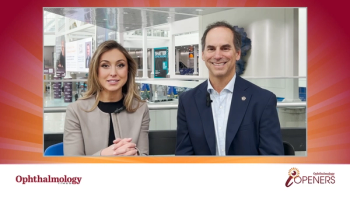
Coding for office visits, procedures should be understood
Some of the most common questions in coding arise when an office visit and a procedure are performed almost simultaneously. For our purposes, "almost simultaneously" will refer to same-day office services for small ("minor") procedures and to previous-day or same-day office services for large ("major") procedures.
The questions are important, because doctors lose many legitimately earned dollars annually from inadequate reporting. Those that are too aggressive in their reporting, however, become potential targets of investigation.
Official information regarding almost-simultaneous office visits and procedures is available through the CPT Manual and Medicare publications. Many private third-party payers also provide official coding guidance. Frequently, third-party payers are more frugal than Medicare regarding willingness to pay for the office services. It is best to check with each individual payer for instructions. Of special note is that not all carriers recognize all modifiers, and this area should be specifically reviewed.
The key underlying concept is Medicare's Global Surgical Package. The Global Surgical Package is the basket of services that are considered to be part and parcel of a surgical service for purposes of reporting and reimbursement. The comments are based upon Medicare's view. Some generalizations are made to facilitate understanding.
A distinction should be made between "major procedures" and "minor procedures." Major procedures as defined by Medicare are those in which a 90-day postoperative period applies. Minor procedures are those in which a zero or 10-day postoperative period applies.
Major procedures. The relative value units (RVUs) of a major procedure do not include the work of arriving at the decision to operate. The visit that results in the decision to operate is therefore a billable visit. Conversely, a visit on day –1 or day 0 (unless this is the "decision to operate" visit) was included when the procedure was valued and is not billable.
There is likely to be an assumption inherent in the insurer's software that limits reimbursement. This assumption is to consider an office visit performed on day –1 or day 0 as an included visit. If such a visit is indeed the "decision to operate" visit (a compensable service), you must override the default of non-payment in the software in order to be paid.
Applying the –57 modifier to the office visit code is the mechanism by which the default is overridden. This modifier is described as "Decision for Surgery." If the decision to operate is made on day –1 or day 0, apply the –57 modifier to the office visit code from either the Evaluation and Management series or from the Ophthalmology series ("eye codes"). A consultation code may be used when appropriate.
Consider this example. A patient with advanced glaucoma and taking maximal medical therapy presents on Tuesday. A comprehensive ocular examination is performed. The IOP is grossly elevated. A decision is made to perform trabeculectomy, which is carried out the following day.
The appropriate code for Tuesday is CPT 92014–57 (or the appropriate evaluation and management code with –57). The appropriate code for Wednesday is CPT 66170, Fistulization of sclera for glaucoma; trabeculectomy ab externo in absence of previous surgery. The appropriate diagnosis for both dates of service will probably be 365.11, Primary open angle glaucoma.
Minor procedures. The RVUs of a minor procedure do not include significant, separately identifiable services performed on day 0. A service that is significant and separately identifiable from the procedure is therefore a billable service. On the other hand, the "usual preoperative care" as performed immediately prior to a minor procedure was included when the procedure was valued and is not billable.
"Usual preoperative care" includes assessment of symptoms, condition, and the treatment site. It also includes obtaining informed consent.
Newsletter
Don’t miss out—get Ophthalmology Times updates on the latest clinical advancements and expert interviews, straight to your inbox.













































